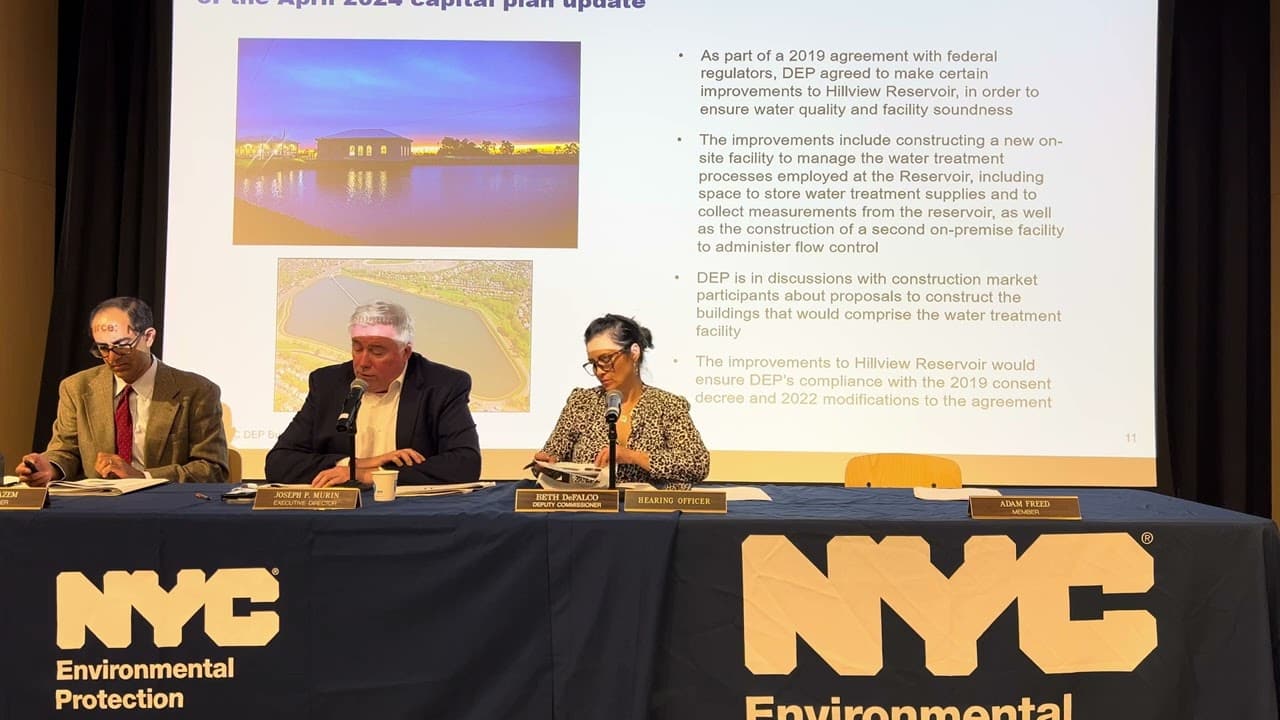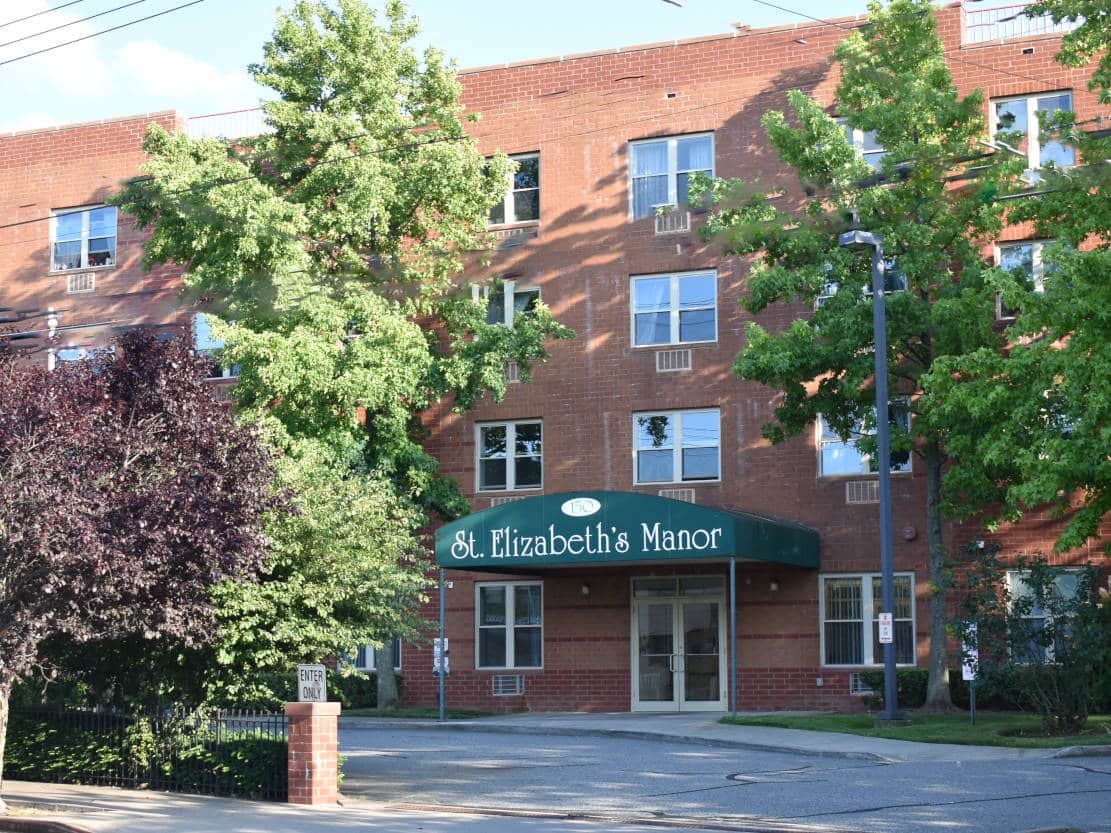The escalating problem of homelessness in New York City calls for more thoughtful, long-term solutions. As civic groups, city officials, and taxpayers deliberate over the way forward, the Sisters of Charity Housing Development Corporation (SCHDC) presents our perspective, deeply informed by the ‘housing first’ principle.
To begin with, we underline the urgency for acceptable, stable housing. The ultimate goal should not be temporary shelters but a place people can call home – a place that offers the security and privacy that every human being deserves. Recent initiatives like the Care For the Homeless facility and the Safe Haven are commendable but may not be enough to address the root causes of homelessness.
It has been observed that these facilities remain underutilized, with beds lying empty. Rather than perceiving this as a failure, we must explore this anomaly. If these places aren’t offering conditions fit for human habitation or if they lack proper outreach to inform homeless individuals of their existence, these could be factors contributing to their underutilization.
We are disappointed with the practice of police sweeps, not just for their ineffectiveness, but due to the lack of dignity they impose on people already struggling. Resources spent here could be channeled towards better strategies that respect the individuals’ human rights and treat the issue’s complexity instead of harassingly pushing them out from one location to another.
One essential point we need to address is the need for a broad-based set of social support services to accompany housing. Individuals on the street often have overlapping concerns, such as financial instability, mental health issues, and addiction. In answer to the commenter’s question, facilities built to house the mentally ill homeless should indeed be maximized. However, this should be done in conjunction with comprehensive support services.
The lack of knowledge about available housing options a persistent communication gap. The city – and organizations like ours – need to invest more in outreach, ensuring that people know about supportive facilities like Safe Havens and that they feel welcomed and respected within.
In conclusion, we encourage all stakeholders – city officials, community groups, and taxpayers alike – to approach homelessness with a holistic, compassionate, and sustainable perspective. Only by working together can we hope to turn a crisis into an opportunity for societal change.
Read more here: https://citylimits.org/2022/03/30/the-city-is-pushing-homeless-new-yorkers-off-the-streets-and-subways-where-will-they-go/


